
EPISODE 262 THE YEAR 1956: WHEN WE WERE YOUNG AND OWNED THE WORLD AROUND US

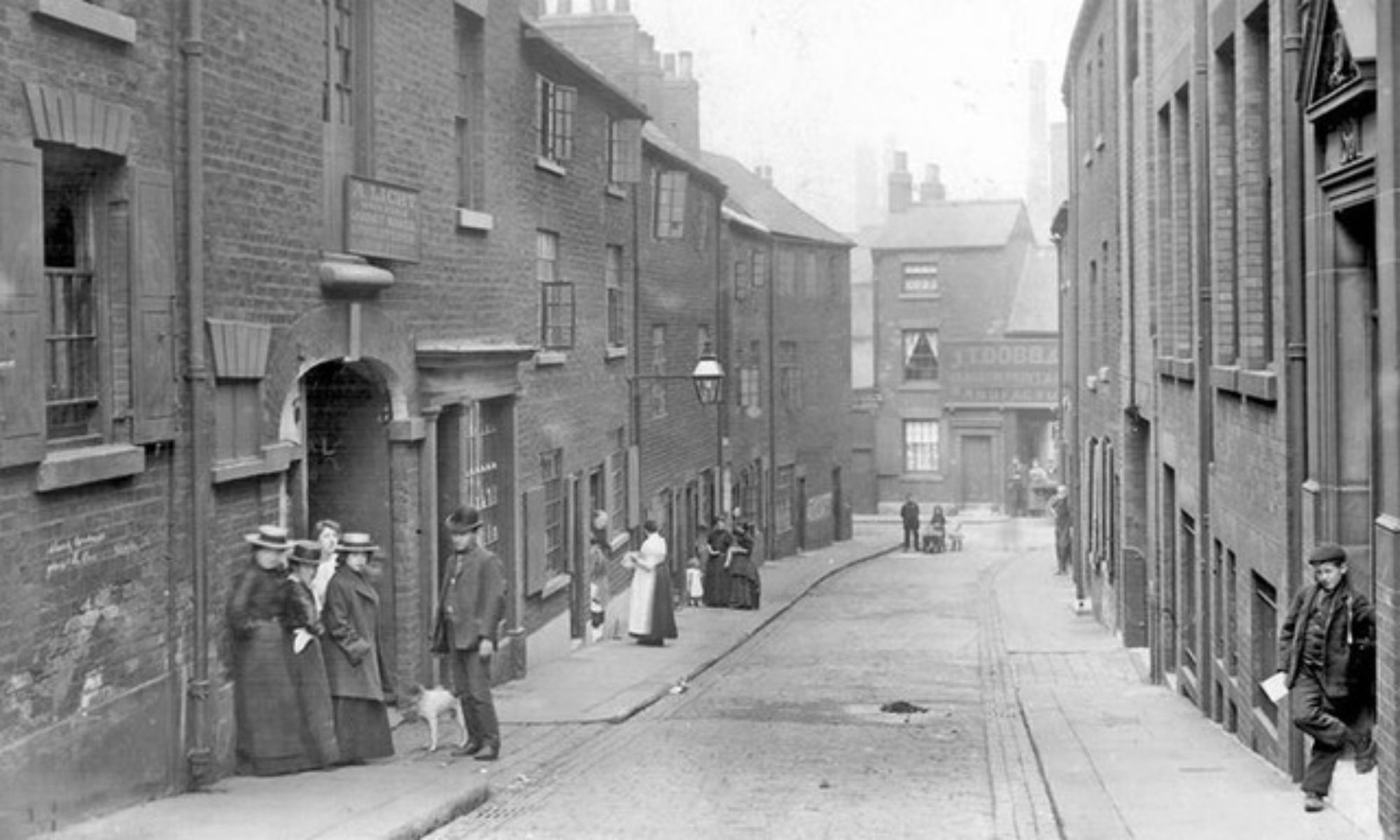
Alan's Oeuvre

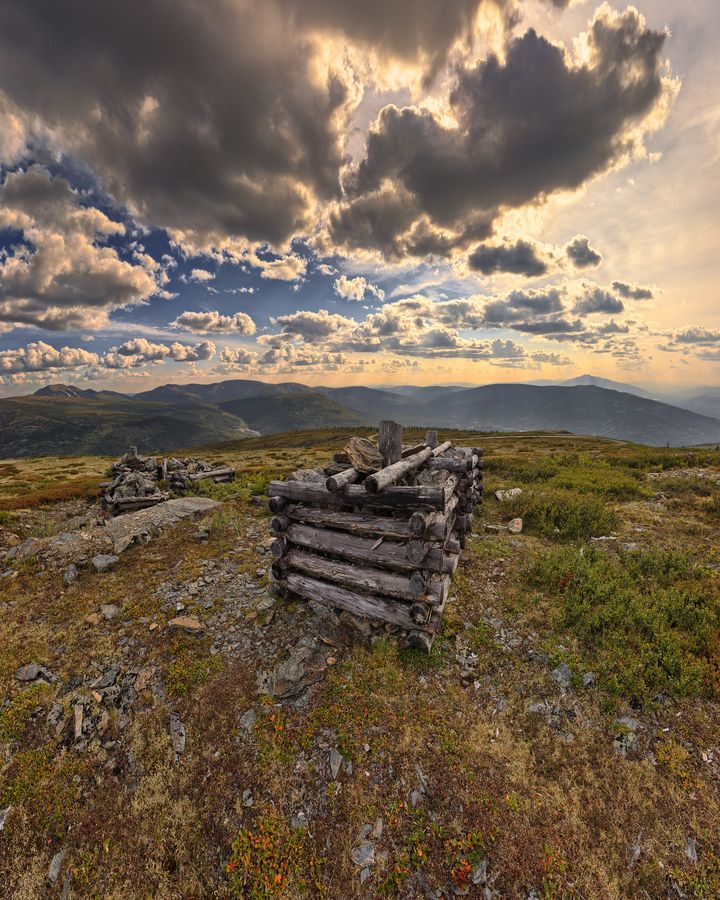

“I met this fellow by the name of Jack Atkinson, a detective with the Timmins Police Department, who I dedicate both of my books to, who told me these extraordinary stories about these gold thefts that were happening in Timmins,” explained Vincent in talking about how he came by his passion for documenting high-grading in Timmins.“I thought ‘Where are all the books on this and the magazine articles?’ and he said I don’t think there are any,” recalled Vincent.“I think we can fix that,” Vincent told Atkinson. “So for two years every morning before work I came to the library from 8:30 a.m. to 10 a.m. and researched the stories about the theft of gold in Timmins.Vincent has accumulated 17,000 pages of documentation on gold thefts from examining microfilm of the Porcupine Advance and Timmins Daily Press.“Everybody in Timmins has a story about this and it is Timmins’ biggest secret because anyone you meet on the street will tell you a story about someone they know who high-graded, usually it’s a friend who stole gold, never anybody in their family.”“It was a lot of fun, researching these stories,” noted Vincent, “but it was also very serious because of many people getting hurt.”
“But for the most part it was considered a victimless crime,” he added.
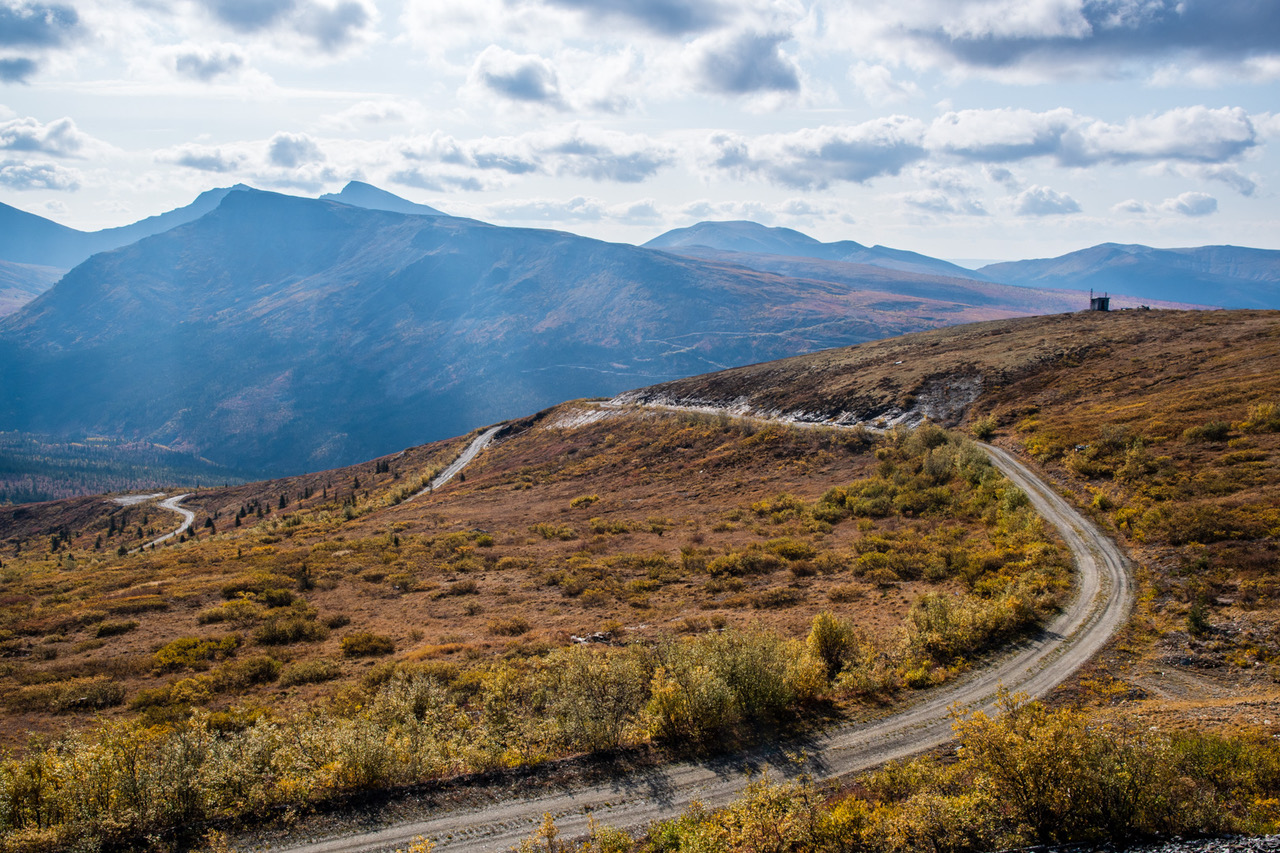


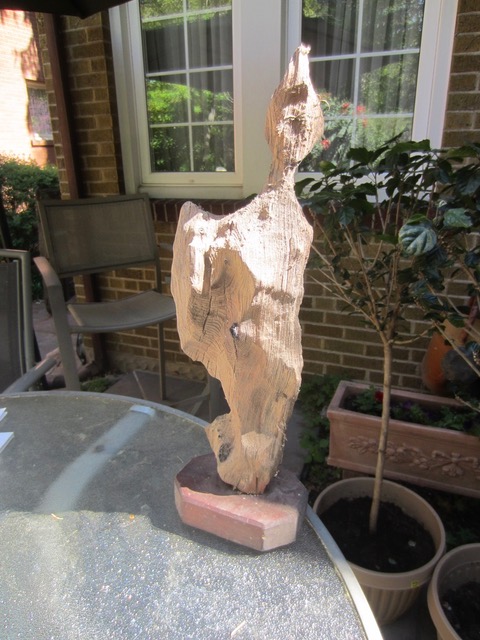
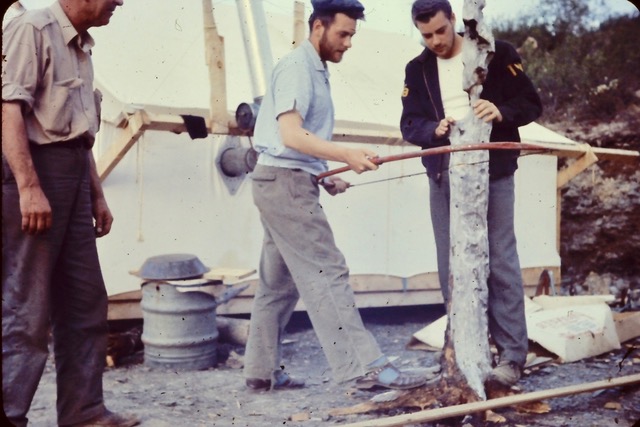

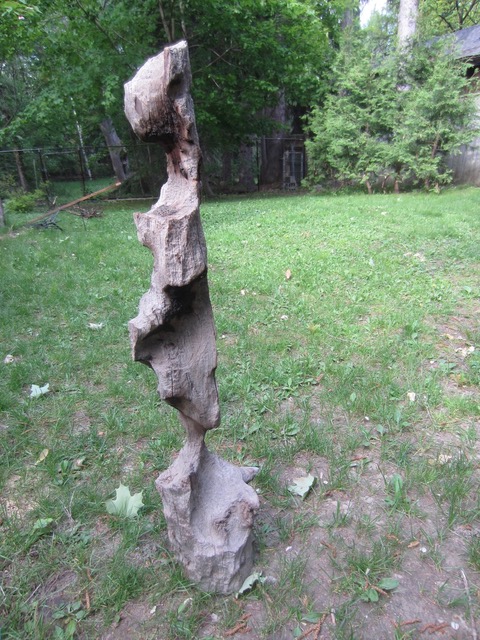

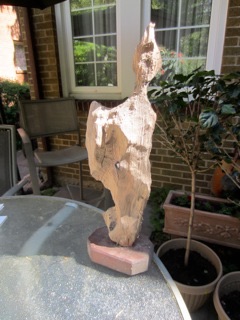
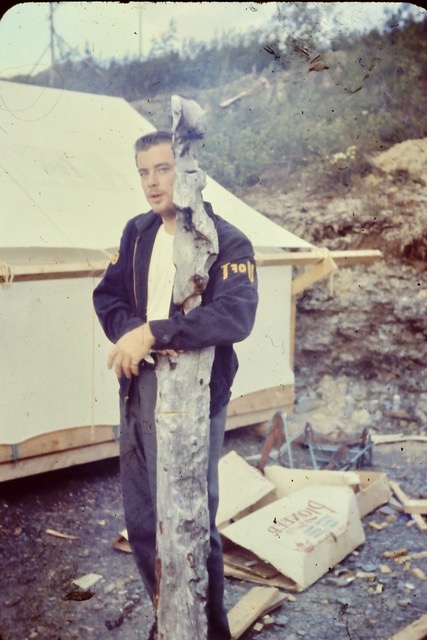

Mark Twain knew miners when he said “A mine is a hole in the ground, owned by a liar.”
A favorite method used in unloading a useless claim or mine was called, “salting.” The seller would take ore from a productive mine and carefully scatter it about his non-productive property in hopes of closing a sale on the claim. Others might take a shotgun, load the charge with gold dust and blast the walls of the shaft, impregnating them with particles of gold. Gold was malleable and would imbed itself into the rock, giving the worthless claim a highly mineralized façade.
The game of buying and selling a worthless mine could conceivably become a matter of who could outwit whom. The seller might impregnate the walls with gold but the wise buyer might ask to have the walls blasted to see what was inside the rock. Trying to stay one step ahead, the seller could install gold into the headsticks of his dynamite and when the charge went off, the interior would be salted. To counter this, the buyer could insist they use the dynamite sticks he’d brought along for just such an occasion.
The smart buyer also brought along his own geologist. Not surprisingly, many times an entire community would plot against the buyer since the economic stability of a region might hinge on the successful sale.
Bichloride of Gold, or a chemical liquid, was used for medicinal purposes such as alcoholism and kidney ailments. When taken internally it will pass through the body, exiting the body with high assay value. A seller bent on cleverly salting his mine could load himself on the substance and salt any crack, crevice as nature moved him.

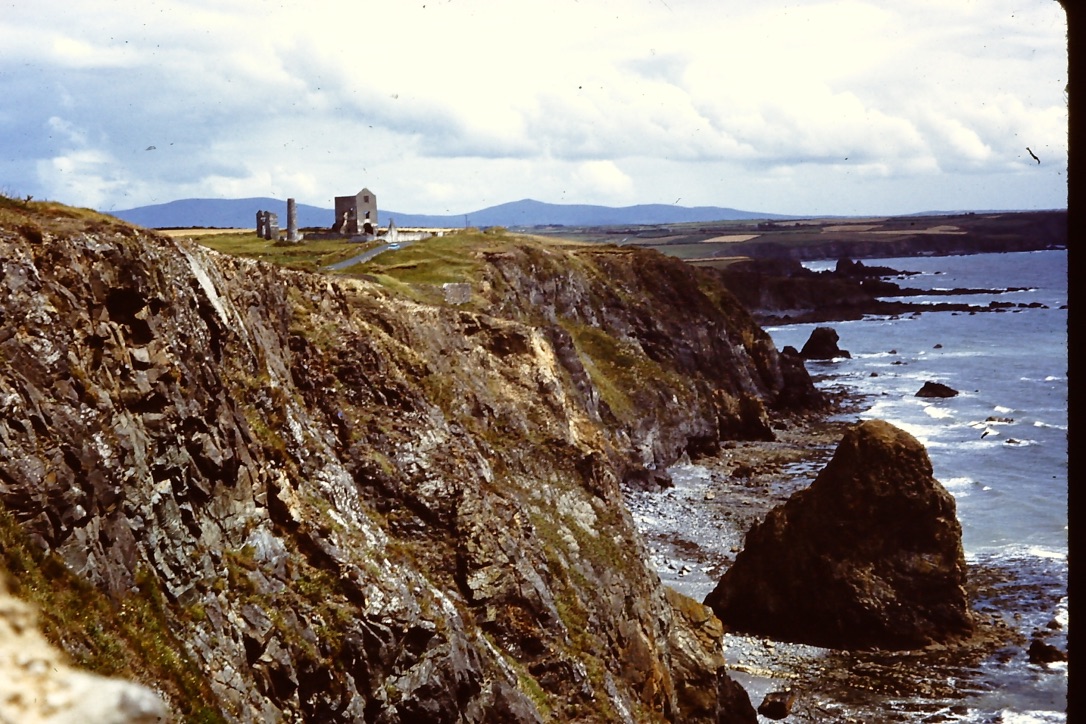

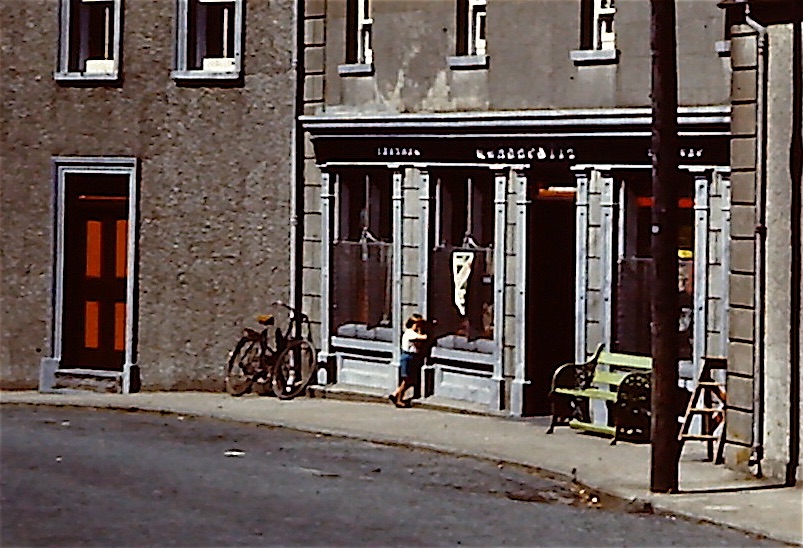
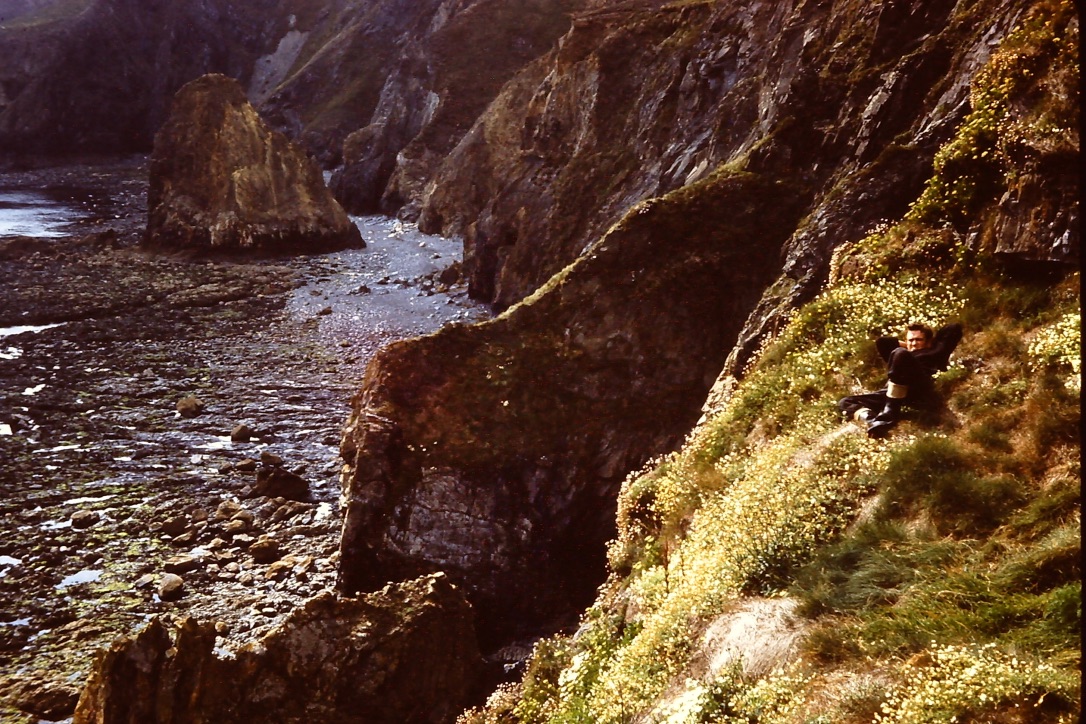
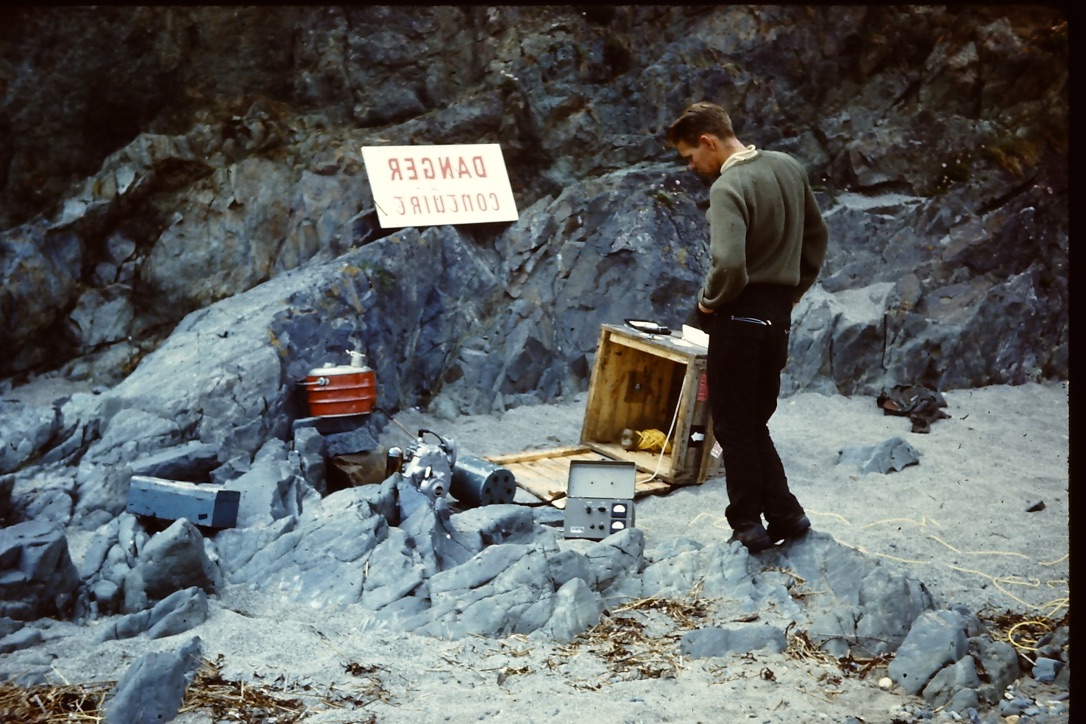
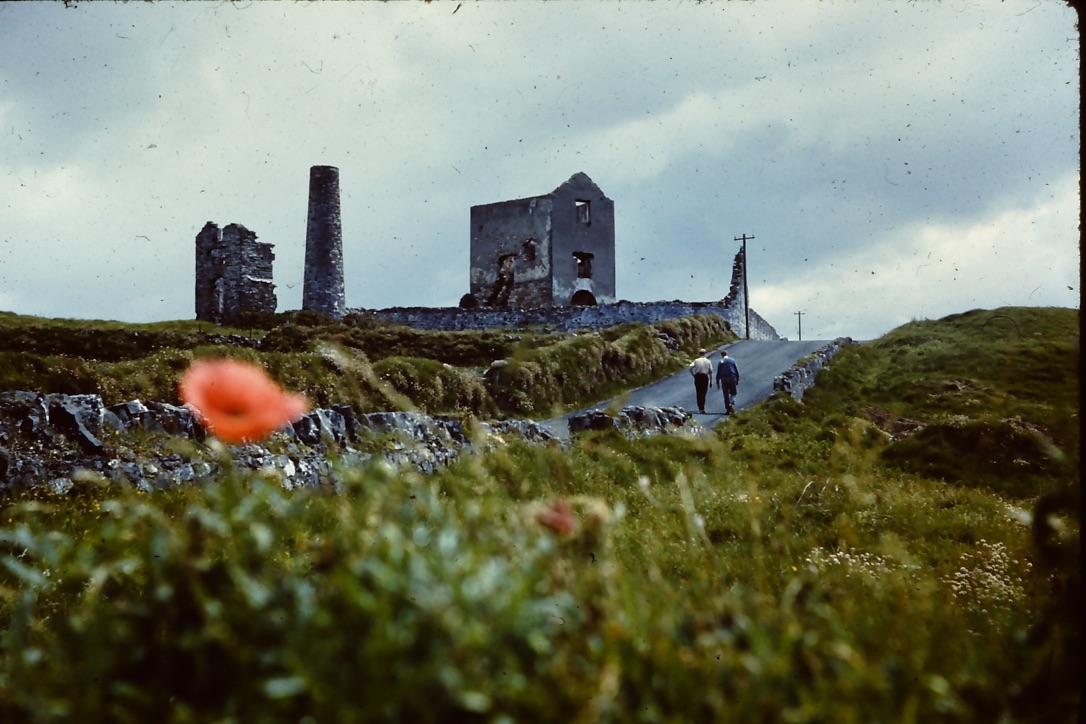

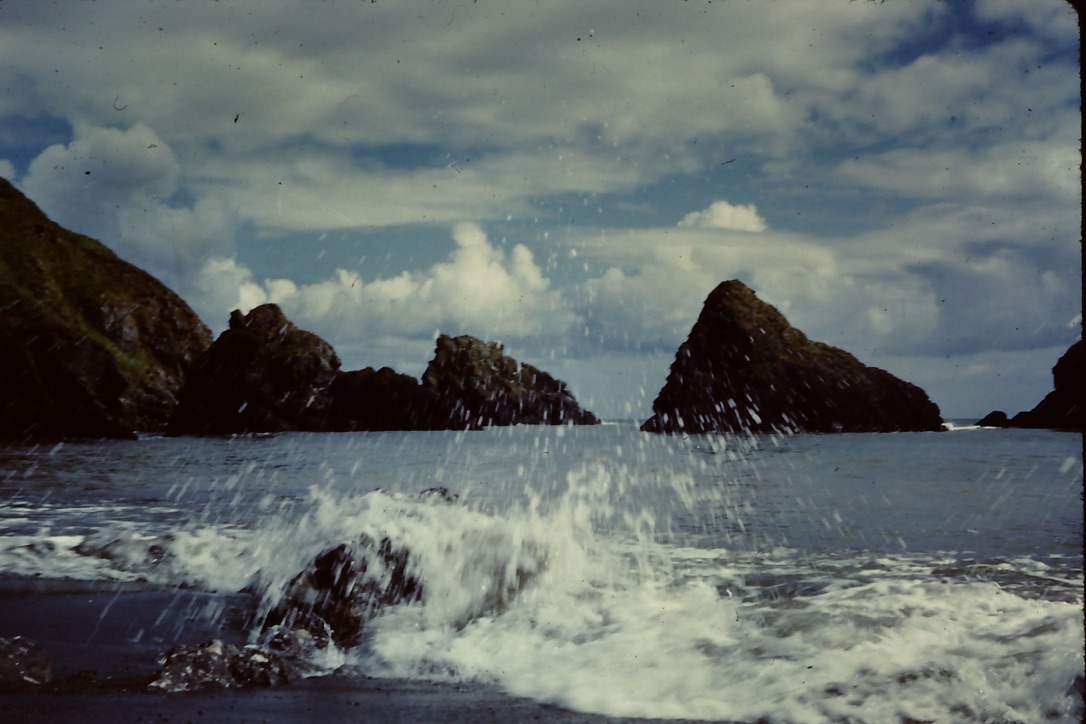
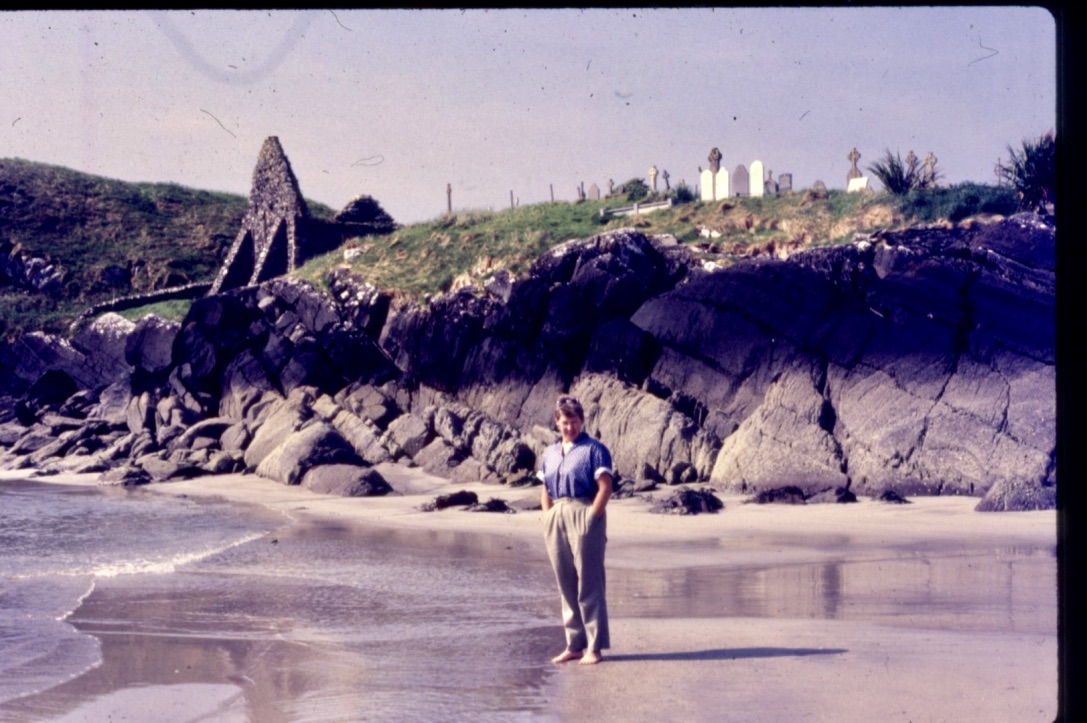
Note re EPISODE 254 ROCK FELL ON THE MOON
The story written by Alicia Priest shortly before she died in 2013 has so many twists and turns that at present i cannot complete my Episode. Lots of attempts but nothing is just right. The story I sent was generally joyful…Thing One and Thing Two. A family.
Life did not go so smoothly after the family was suddenly uprooted and left the cosy mining town of Elsa. Gerry was a big time thief…or was he?
Alicia Priest captures so much that I fear I cannot do justice to her work.
Dan Bowyer even bought the book because I am so slow in finishing my story about the Priest family….high grade ore theft, family plunged into poverty, tensions, steady decline of Gerald…then some money comes from startling source but the money is soon lost in legal fees, etc. Not many laughs. Maybe best lease the story when the family was full of joy. We will see.
There is also a very chilling side story about Helen’s mother who fled across Eastern Europe with the Red Army not far behind. the story of a German Mennonite family uprooted from the Ukraine many times. Including the horror of the 1932-1933 mass starvation triggered by Stalin which resulted in bodies of starved Kulaks in the sweet and side roads. Awful. Not sure I can complete the story.
Long ago, about 1963 I read a book titled Documents of The Expulsion which covered the subject in all its horrifying detail. Maybe best not told. Helen’s mother got out while thousands and thousands did not. She never talked about the escape in any detail except to say “I did what was necessary to survive.”
Canadians have never faced the kind of hatred that spread like a cancer through Eastern Europe in the 1940’s. Many of those survivors came to Canada in the post war years. Some even worked in the Yukon mines.
alan skeoch Feb. 2021

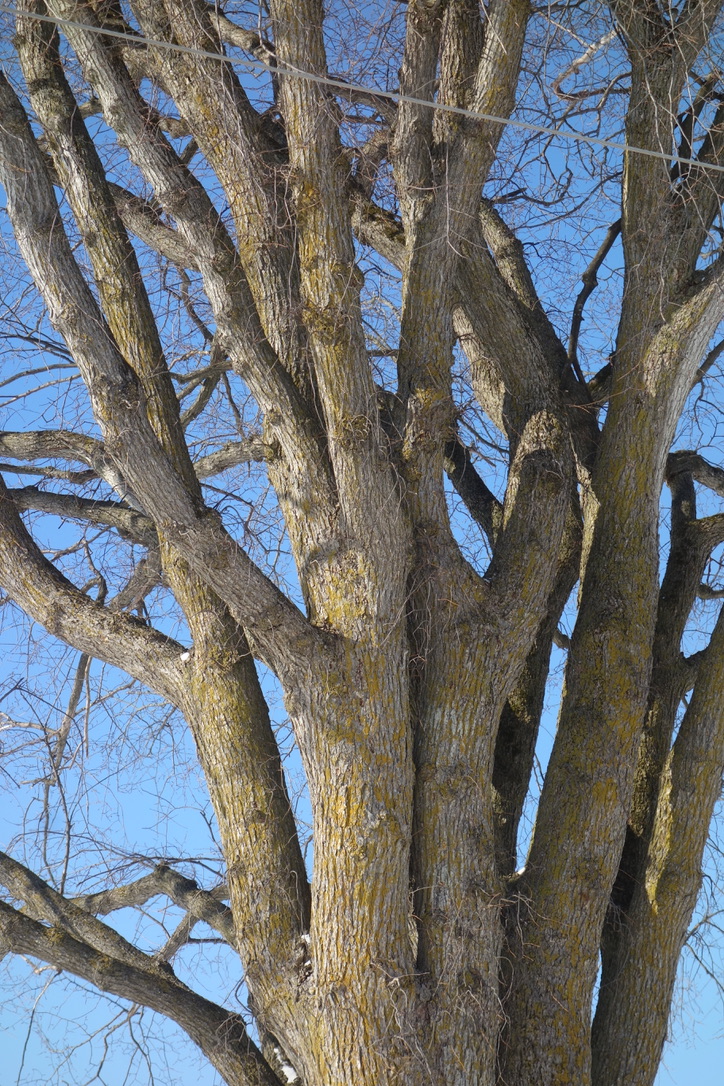

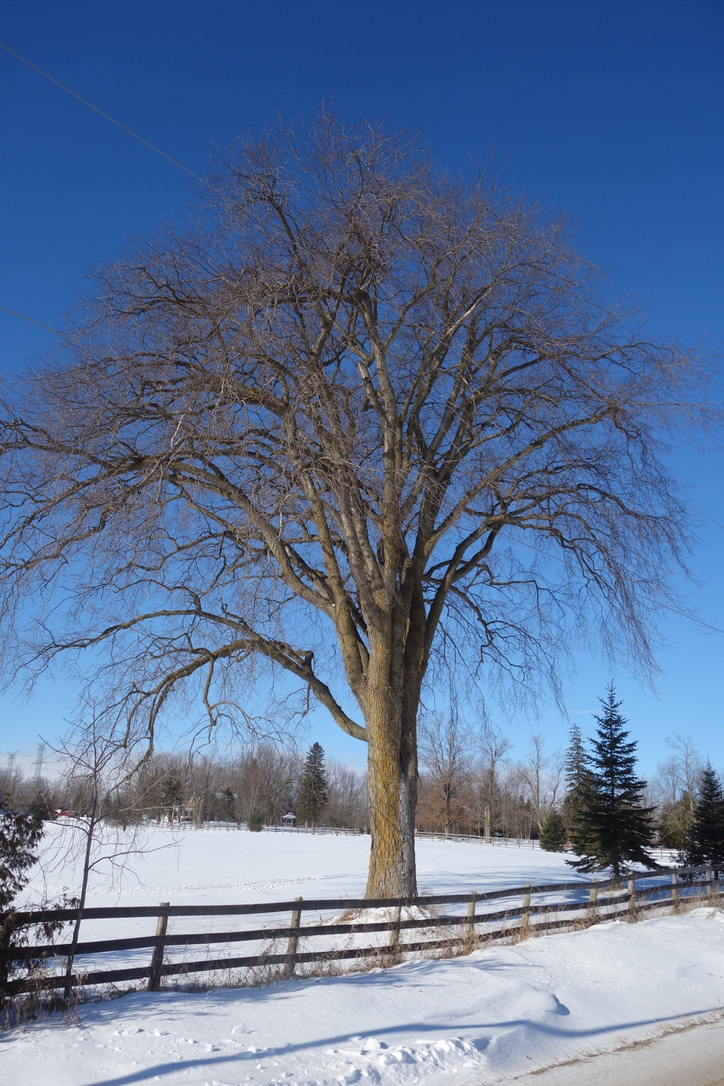
The high tolerance of many elms to challenging urban conditions, combined with their ease of establishment, meant that they were widely appreciated across Europe and North America until their near-complete demise as a result of Dutch elm disease (DED). Today, as we seek long-term sustainable tree species for our towns and cities, there is a great desire to make the elm part of our urban treescape once again.
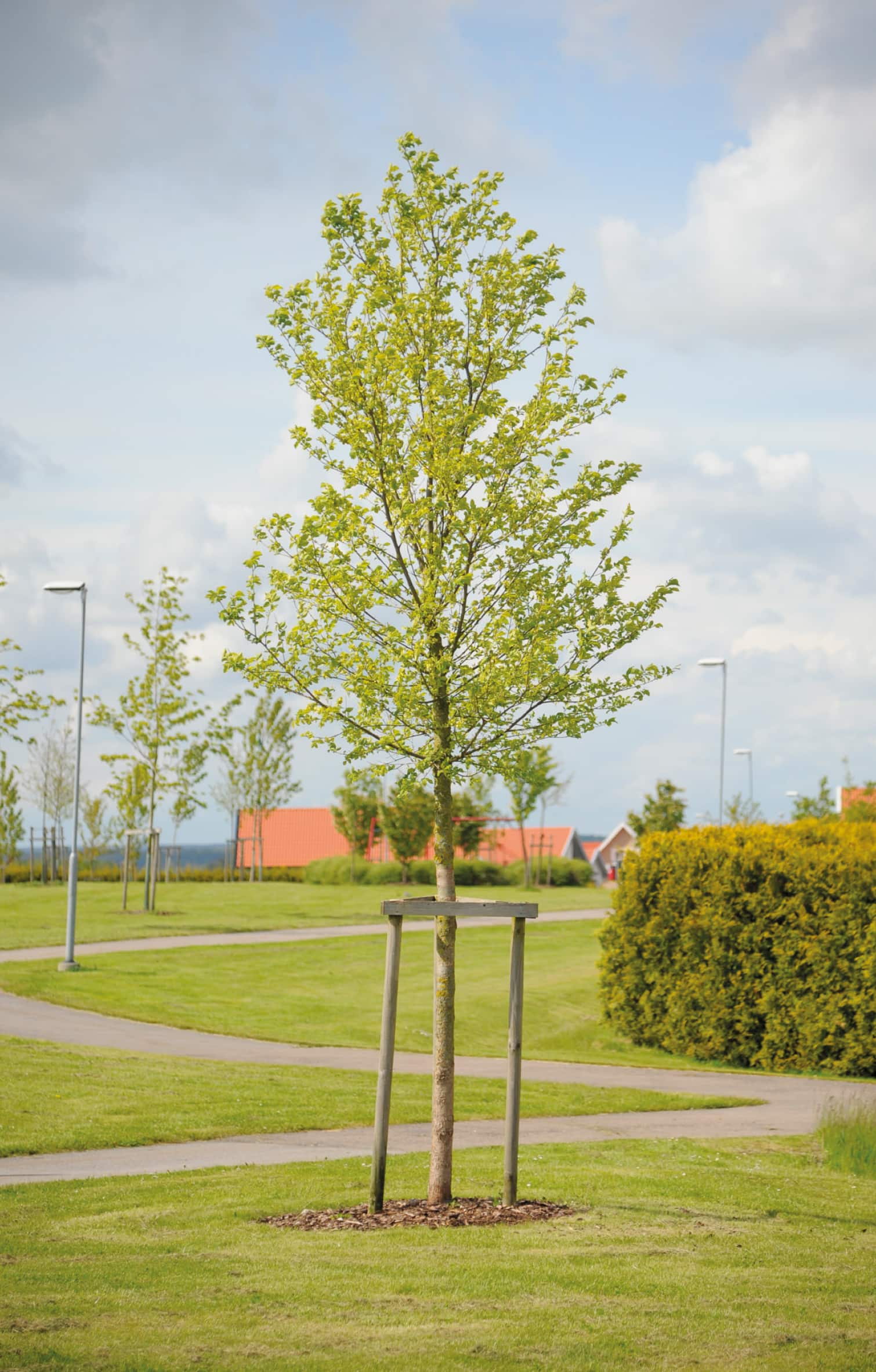
Ulmus ‘New Horizon’.
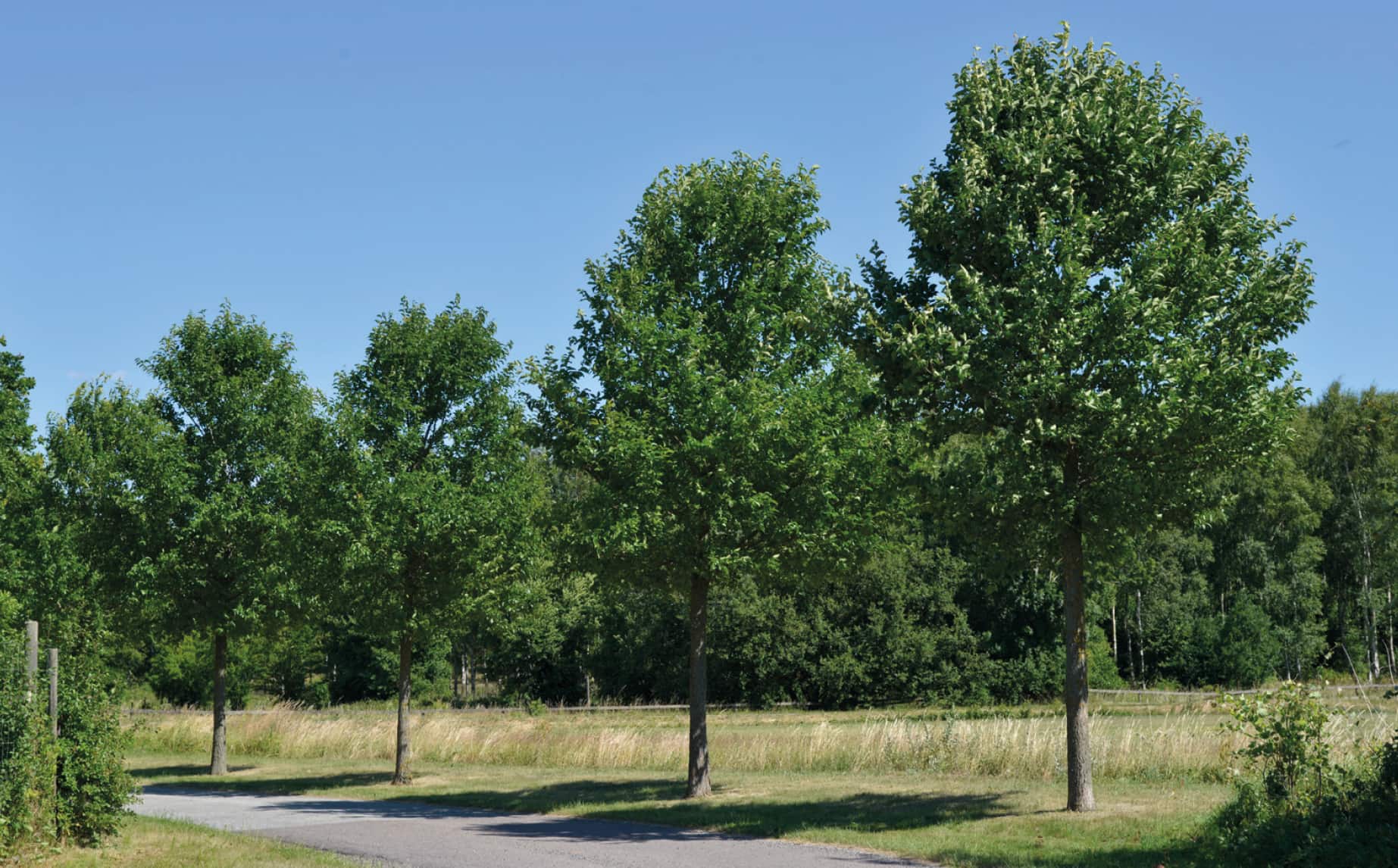
Ulmus ‘New Horizon’.

Ulmus ‘Rebona’.

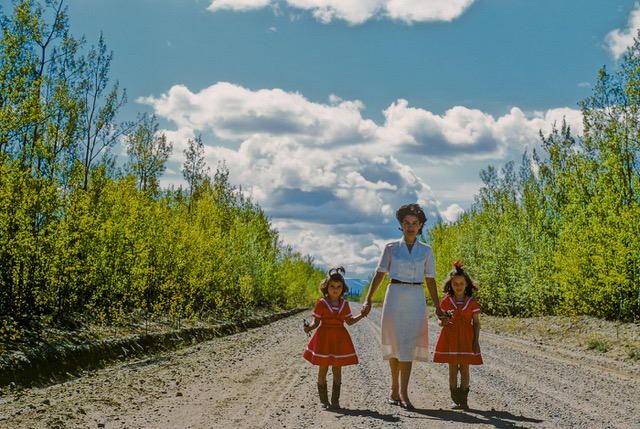
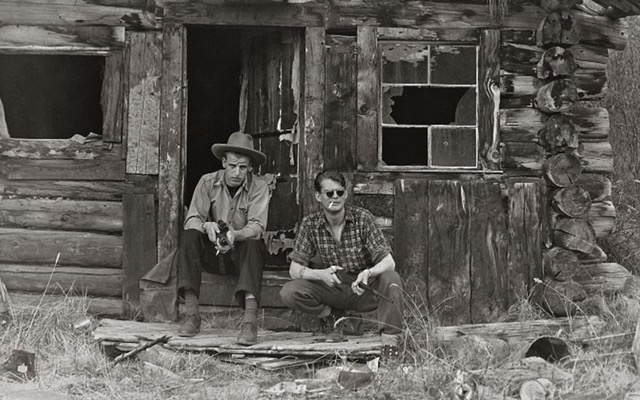
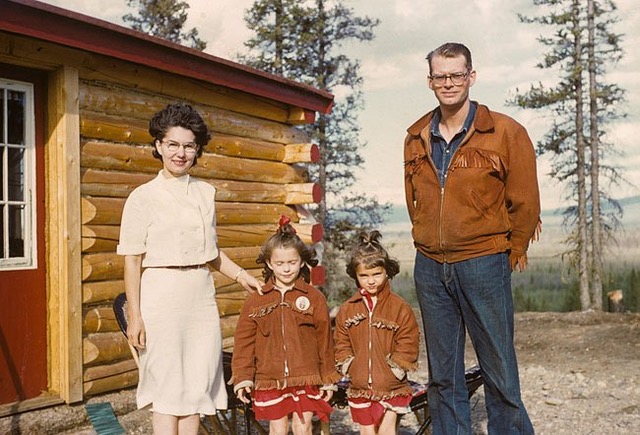
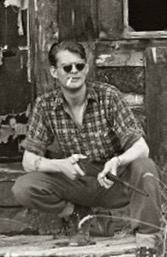
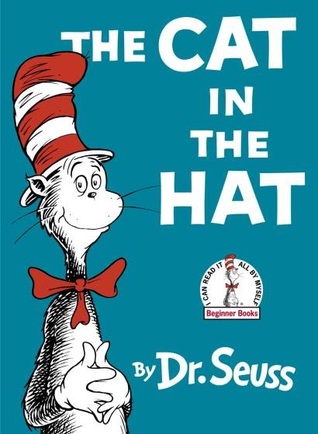
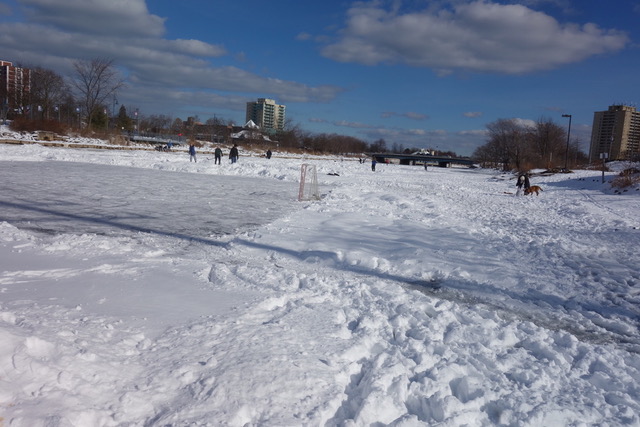
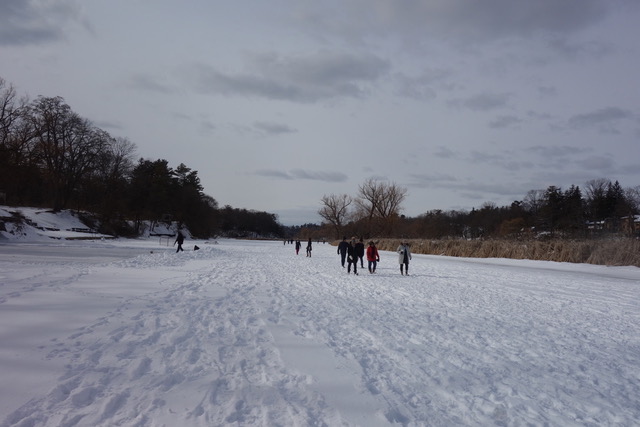
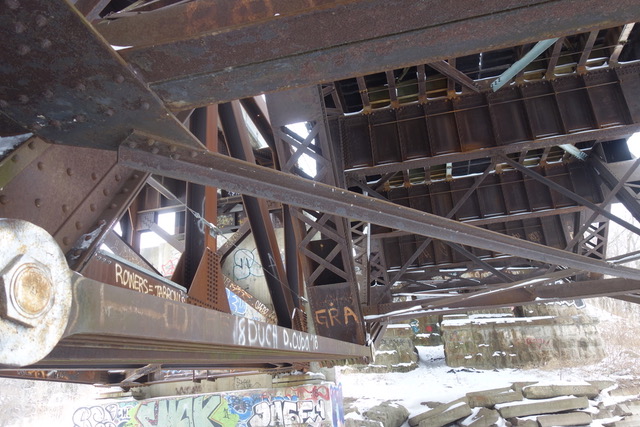

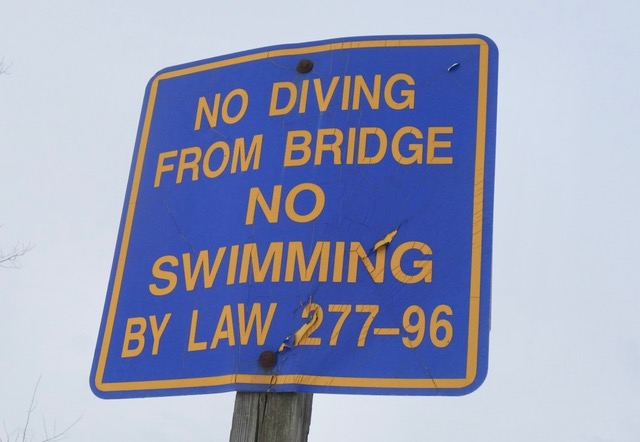


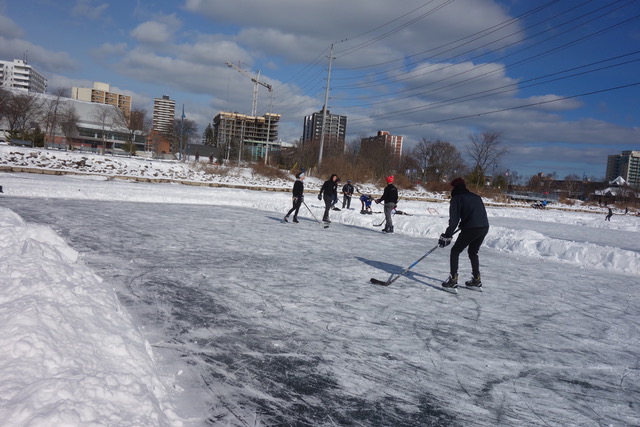
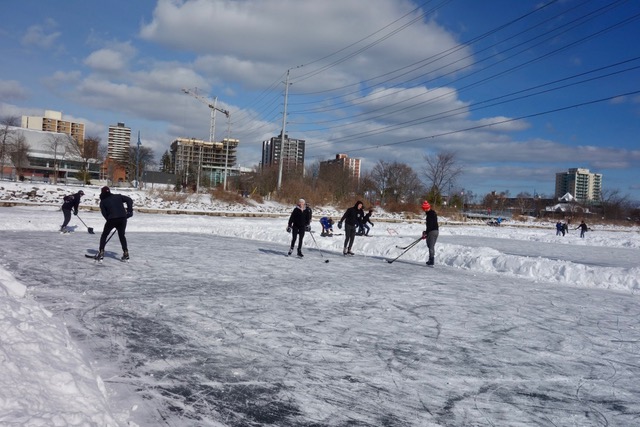
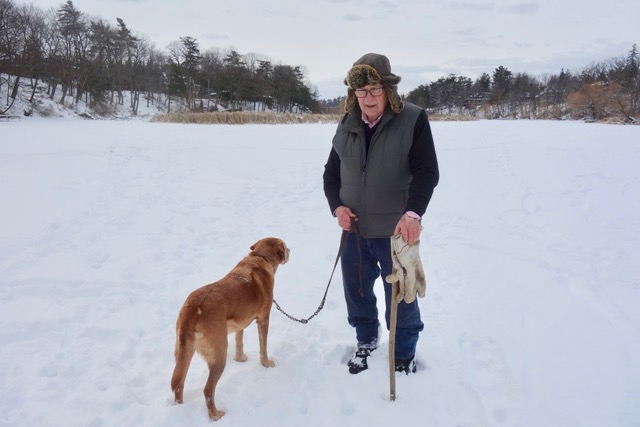
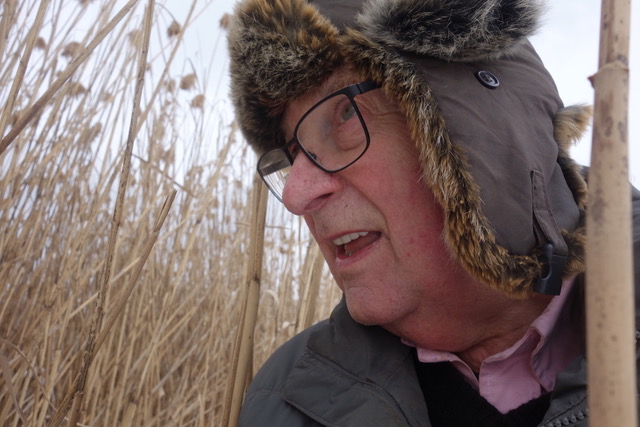
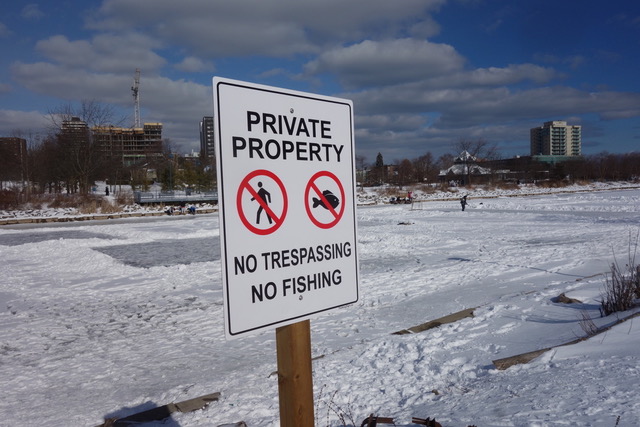
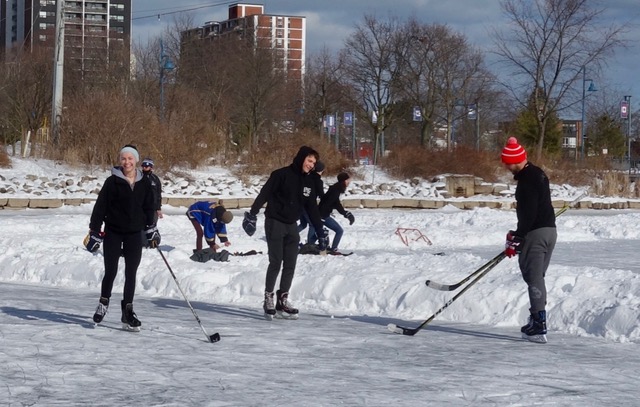

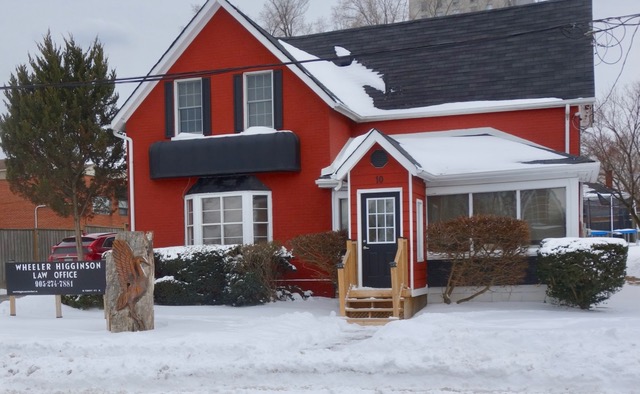
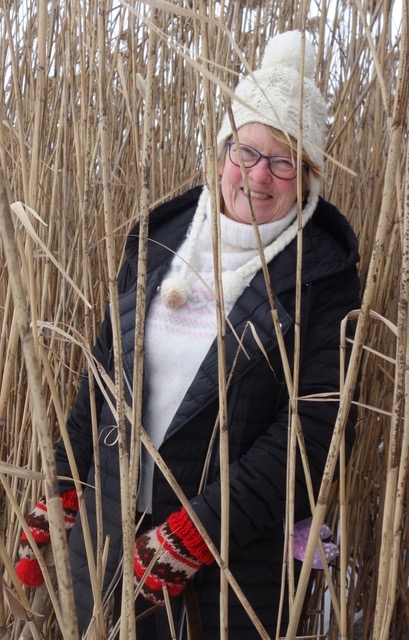

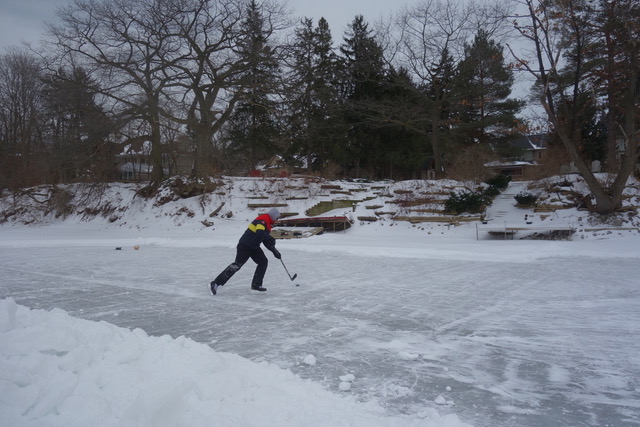
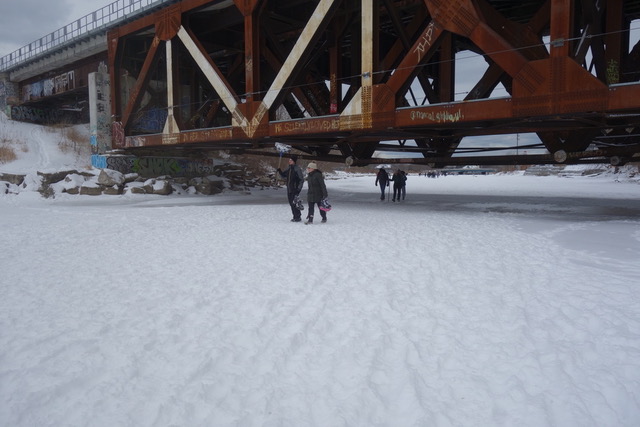
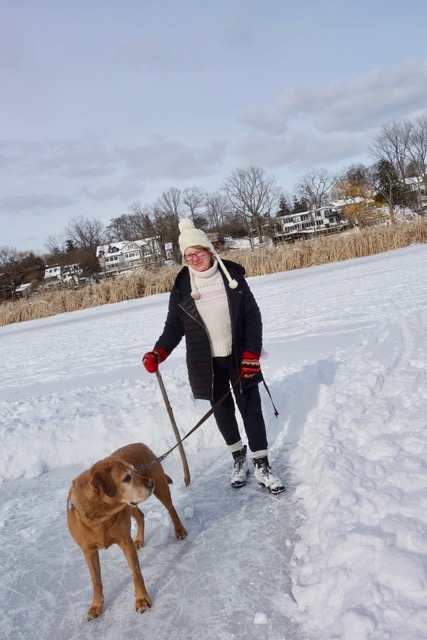
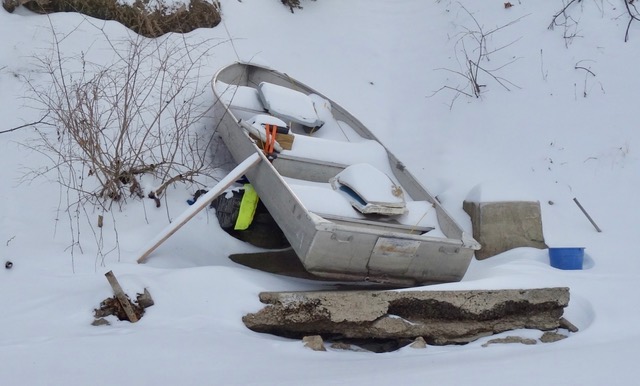


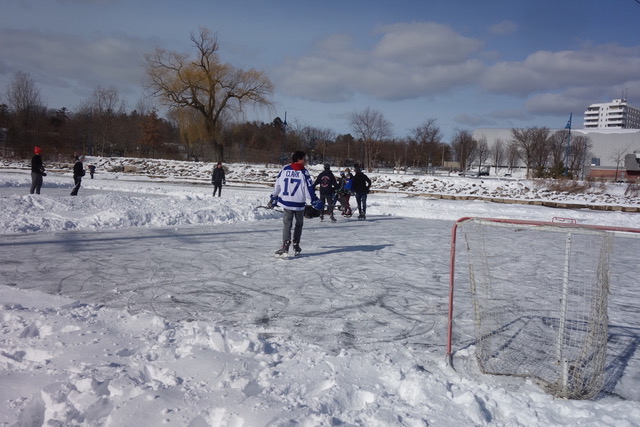

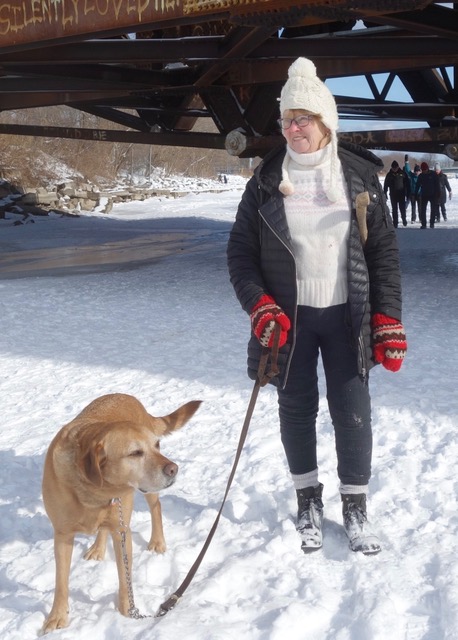

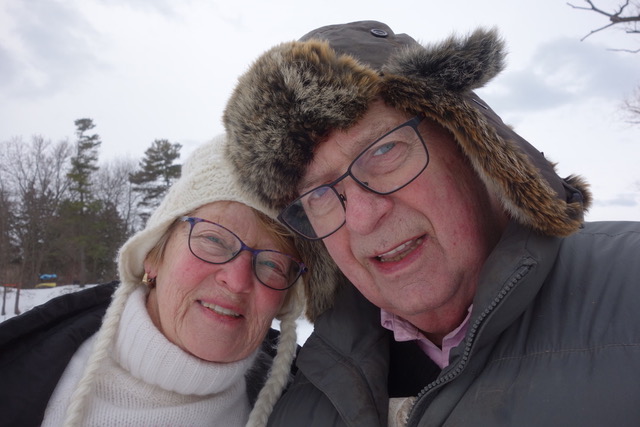
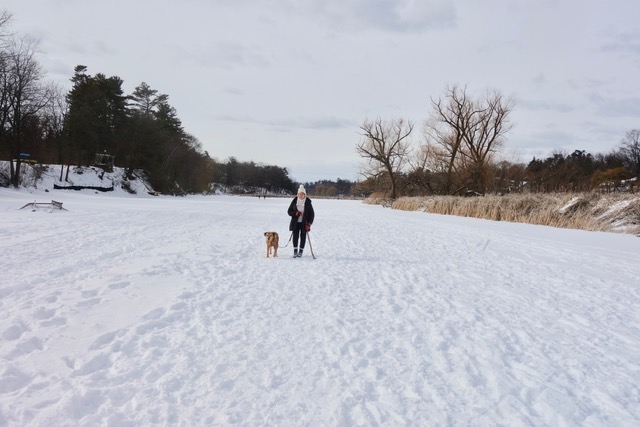
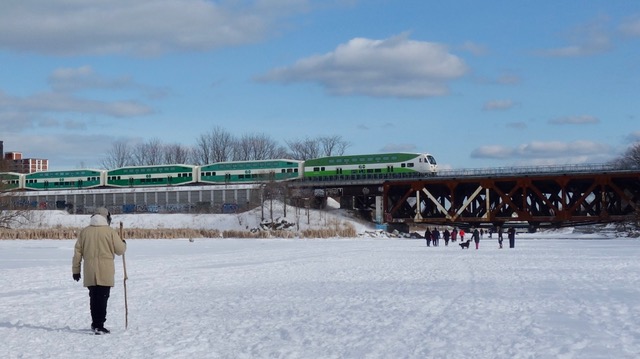
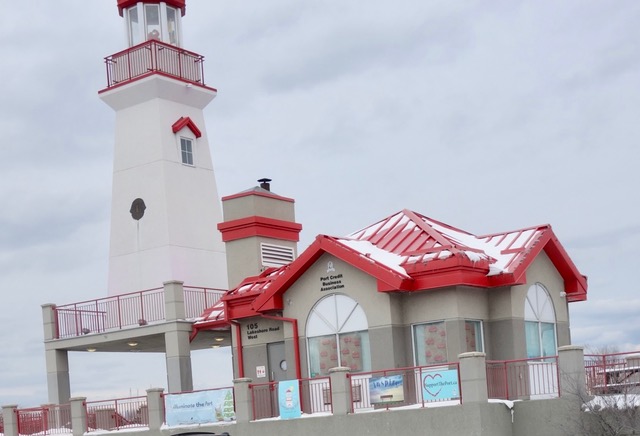
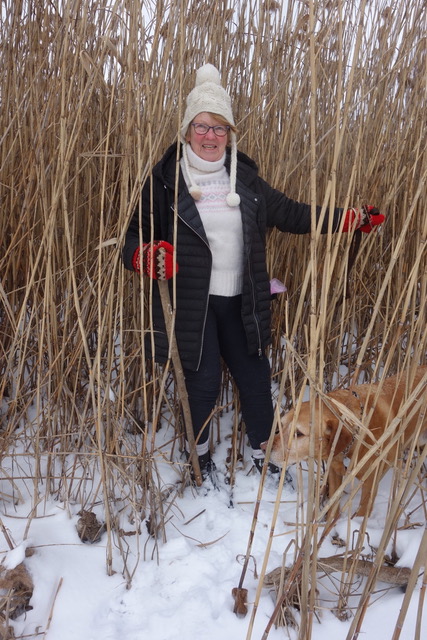
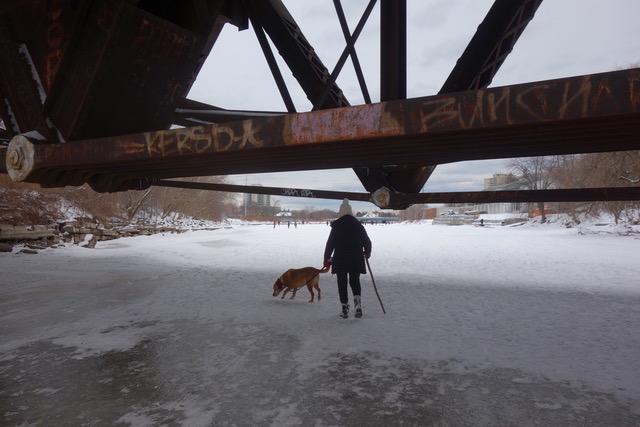
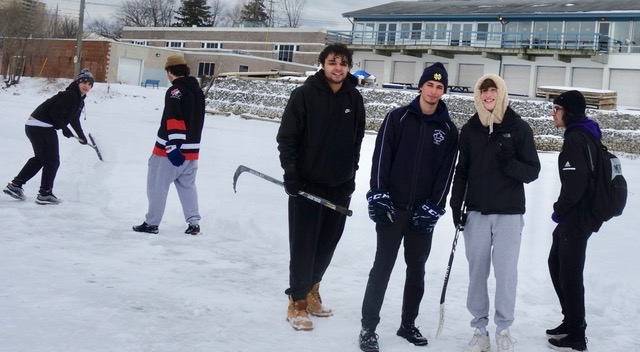
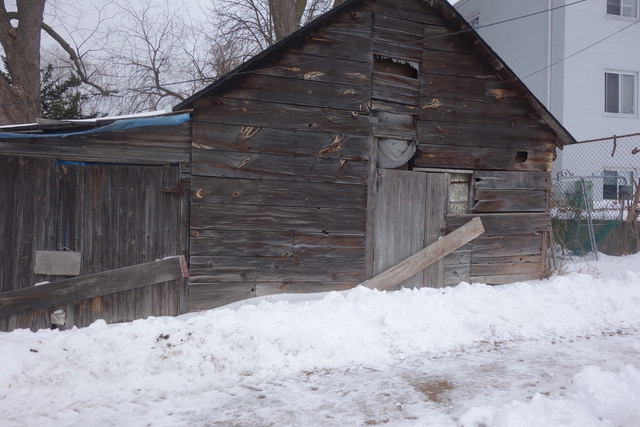
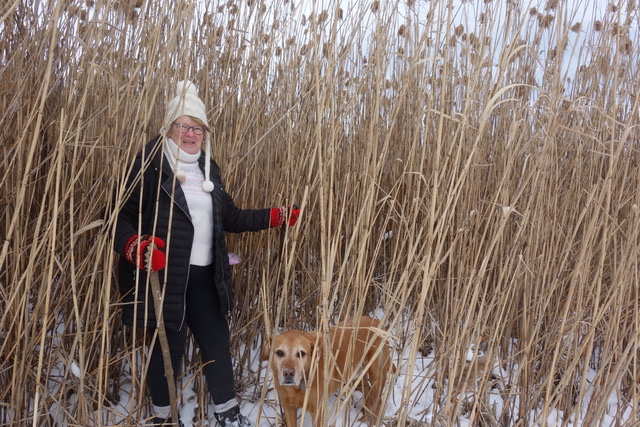

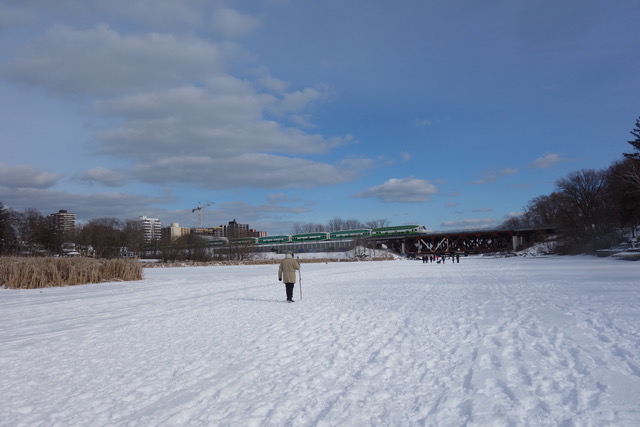
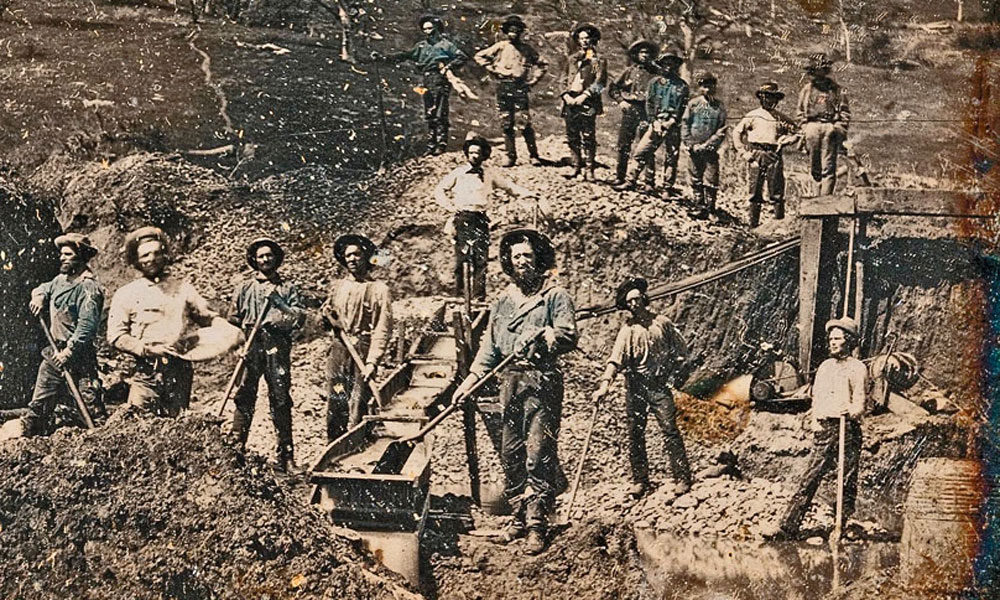 s22658.pcdn.co/wp-content/uploads/2017/01/Daguerreotype-California-Gold-Rush-mining-scene-photographed-by-Robert-Vance-circa-1850-300×180.jpg 300w, s22658.pcdn.co/wp-content/uploads/2017/01/Daguerreotype-California-Gold-Rush-mining-scene-photographed-by-Robert-Vance-circa-1850-768×461.jpg 768w, s22658.pcdn.co/wp-content/uploads/2017/01/Daguerreotype-California-Gold-Rush-mining-scene-photographed-by-Robert-Vance-circa-1850-600×360.jpg 600w” sizes=”(max-width: 1000px) 100vw, 1000px” style=”box-sizing: inherit; margin: 0px auto; padding: 0px; border: 0px; font-family: inherit; font-size: inherit; font-style: inherit; font-variant-caps: inherit; font-stretch: inherit; line-height: inherit; vertical-align: middle; max-width: 100%; display: block;” apple-inline=”yes” id=”7C43BEFF-1A94-4CCA-99AB-5B44B2342366″ src=”http://alanskeoch.ca/wp-content/uploads/2021/02/Daguerreotype-California-Gold-Rush-mining-scene-photographed-by-Robert-Vance-circa-1850.jpeg”>
s22658.pcdn.co/wp-content/uploads/2017/01/Daguerreotype-California-Gold-Rush-mining-scene-photographed-by-Robert-Vance-circa-1850-300×180.jpg 300w, s22658.pcdn.co/wp-content/uploads/2017/01/Daguerreotype-California-Gold-Rush-mining-scene-photographed-by-Robert-Vance-circa-1850-768×461.jpg 768w, s22658.pcdn.co/wp-content/uploads/2017/01/Daguerreotype-California-Gold-Rush-mining-scene-photographed-by-Robert-Vance-circa-1850-600×360.jpg 600w” sizes=”(max-width: 1000px) 100vw, 1000px” style=”box-sizing: inherit; margin: 0px auto; padding: 0px; border: 0px; font-family: inherit; font-size: inherit; font-style: inherit; font-variant-caps: inherit; font-stretch: inherit; line-height: inherit; vertical-align: middle; max-width: 100%; display: block;” apple-inline=”yes” id=”7C43BEFF-1A94-4CCA-99AB-5B44B2342366″ src=”http://alanskeoch.ca/wp-content/uploads/2021/02/Daguerreotype-California-Gold-Rush-mining-scene-photographed-by-Robert-Vance-circa-1850.jpeg”>